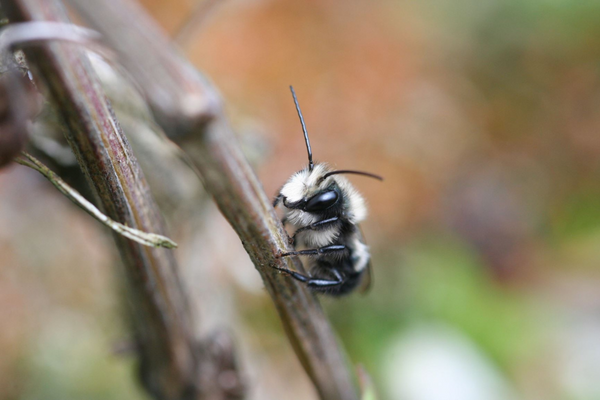Carrot Shapes

All
carrots can be harvested immature as baby roots, which tend to be crunchy but tender, and quite sweet. They can also be left to reach their full size, shape, and colour, of course. All carrots are high in beta-carotene, a pigment that we metabolize as vitamin A. A lack of vitamin A can result in poor vision, hence the notion that carrots are good for eyesight. Carrots are also rich in Vitamins C, B6, and Niacin.
Because of the relatively vertical nature of the plant’s form, carrots can be grown fairly densely, and are therefore useful within the economy of space in a smaller growing area. That is, even a little garden can produce a lot more in carrots than by, say, lettuce or cucumbers. The seeds can be sown from early spring right through late summer for a harvest that will last nearly year round, so they form an essential part of nearly every vegetable garden.
The first main trick with carrot seeds is to sow them shallowly and then maintain moisture in that top layer of soil until they germinate. Because they may take as long as three weeks to germinate, this can be challenging, especially in hot weather or in exposed, windy gardens. The way to achieve this is to water very deeply prior to planting, and then either water very regularly or employ some other means to reduce evaporation. Some growers like to use lightweight row cover, which helps to maintain moisture and has the added benefit of keeping away the carrot rust fly. But we’ve also seen some growers simply lay a 2×4 beam, or even plywood, over the damp seedbed. This is lifted every few days to check on progress, and then removed at germination.
If you have the luxury of growing carrots without the presence of carrot rust flies, you may still be concerned with soil dwelling insects such as wireworms, which seem to be true lovers of carrots. They are so attracted to carrots, in fact, that a full-grown carrot makes a very good lure for wireworms. Just bury carrots or carrot pieces in several areas around the intended seedbed, and mark where you bury them. If wireworms are present, you can then dig up the carrot pieces and easily remove the wireworms from the bed, or at least go a long way to reducing their population.
Take extra care with the carrot bed to insure that the soil is loose and completely free of stones or other debris. Truly beautiful carrots are easy to grow if the extra time is taken to produce a good home for them. Avoid nitrogen-heavy fertilizers and manure that has not been composted for more than a year, as you may end up with big, bushy tops on pitiful, spindly roots.



















